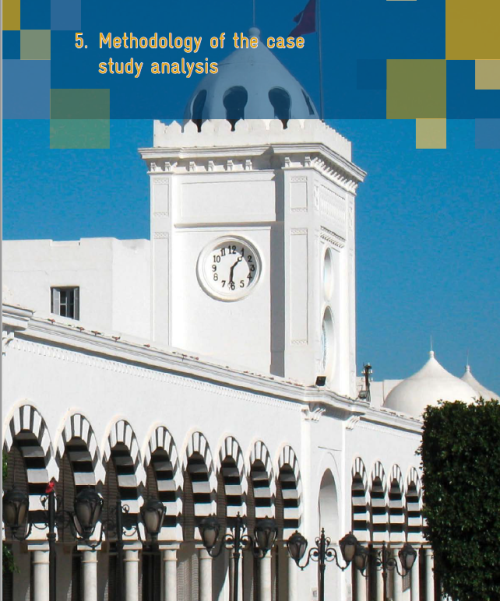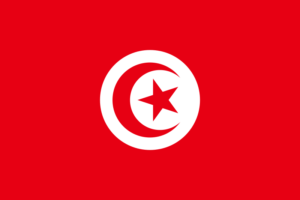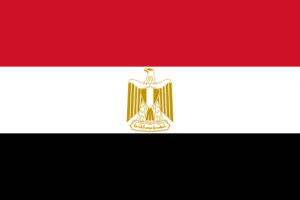Tunisia: Good Hotel and Hospital Investment Opportunities
June 8, 2016 A great deal of sunlight, large investment grants and subsidised energy prices: These are the factors determining the profitability of big solar thermal systems in Tunisia, according to the authors of the study Opportunities for solar thermal systems in the tertiary and industrial sectors in Tunisia, a publication by the German Agency for International Cooperation, GIZ, (see attached document in English, the French version is under consultation). Under certain circumstances, a solar thermal system can achieve a double-digit Internal Rate of Return (IRR), for example, if it is installed at LPG-dependent hotels or hospitals on the Tunisian island of Djerba. When solar replaces natural gas in commercial buildings in Tunisia’s capital, Tunis, the IRR is still significantly higher than the estimated 4.3 % inflation per year. However, there are difficulties with the economic feasibility of solar process heat applications because not even top reference cases have fulfilled investor expectations. The authors emphasise that the importance Tunisian businesses currently place on payback periods for investing may lead them to overlook valuable projects.
A great deal of sunlight, large investment grants and subsidised energy prices: These are the factors determining the profitability of big solar thermal systems in Tunisia, according to the authors of the study Opportunities for solar thermal systems in the tertiary and industrial sectors in Tunisia, a publication by the German Agency for International Cooperation, GIZ, (see attached document in English, the French version is under consultation). Under certain circumstances, a solar thermal system can achieve a double-digit Internal Rate of Return (IRR), for example, if it is installed at LPG-dependent hotels or hospitals on the Tunisian island of Djerba. When solar replaces natural gas in commercial buildings in Tunisia’s capital, Tunis, the IRR is still significantly higher than the estimated 4.3 % inflation per year. However, there are difficulties with the economic feasibility of solar process heat applications because not even top reference cases have fulfilled investor expectations. The authors emphasise that the importance Tunisian businesses currently place on payback periods for investing may lead them to overlook valuable projects.|
Category |
Demand |
Location |
Collector type |
Fuel |
Collector area [m²] |
Internal Rate of Return |
SPP [years] |
|
Hotel |
DHW + circulation |
Djerba |
Flat plate |
LPG |
100 |
26.3 % |
4.5 |
|
Pool |
Indoor pool |
Djerba |
Flat plate |
LPG |
200 |
23.4 % |
5.0 |
|
Hospital |
DHW + circulation + space heating |
Djerba |
Flat plate |
LPG |
100 |
22.8 % |
5.1 |
|
Hotel |
DHW + circulation |
Djerba |
Vacuum tube / CPC |
LPG |
400 |
18.1 % |
6.3 |
|
Hotel |
DHW + circulation |
Tunis |
Flat plate |
NG |
100 |
9.7 % |
9.9 |
|
Hospital |
DHW + circulation |
Tunis |
Flat plate |
NG |
100 |
7.9 % |
11.2 |
|
Pool |
Indoor pool |
Tunis |
Flat plate |
NG |
150 |
7.7 % |
11.3 |
|
Hospital |
DHW + circulation + space heating |
Tunis |
Flat plate |
NG |
100 |
7.5 % |
11.5 |
- 20 years of service life;
- Investment grants from PROSOL Tertiary or PROSOL Industrial;
- Optimised specific tank costs related to additional tank volume, which increases solar efficiency;
- No inflation (the IRR is only compared to average assumed inflation of 4.3 % per year);
- Increase in energy costs over two periods: Based on October 2014 prices, year 1 to 6 should have an annual increase of 10 % to fulfil the political aim of phasing out energy subsidies, whereas year 7 to 20 should see an annual rise of 5 %. The study did not consider the 2015 drop in energy costs, which took the pressure off Tunisian institutions to offer large incentives.
|
Category |
Demand |
Temperature range |
Location |
Collector type |
Fuel |
Collector area [m²] |
Internal Rate of Return |
SPP [y] |
|
Food |
Hot water for cleaning processes |
25 °C – 85 °C |
Sfax |
Flat plate |
Heavy fuel oil |
500 |
7.9 % |
11.2 |
|
Food |
Hot water for cleaning processes |
25 °C – 85 °C |
Tunis |
Vacuum tube |
Heavy fuel oil |
1,000 |
5.8 % |
13.0 |
|
Food |
Feed water preheating |
45 °C – 105 °C |
Sfax |
Vacuum tube |
Natural gas |
1,050 |
4.4 % |
14.3 |
|
Food |
Feed water preheating |
45 °C – 105 °C |
Tunis |
Vacuum tube |
Natural gas |
1,050 |
2.8 % |
16.1 |
|
Bricks |
Air heating |
60 °C – 120 °C |
Tunis |
Vacuum tube |
Natural gas |
4,800 |
2.2 % |
16.9 |
|
Bricks |
Air heating |
60 °C – 160 °C |
Sfax |
Linear Fresnel |
Natural gas |
11,000 |
1.6 % |
17.8 |


